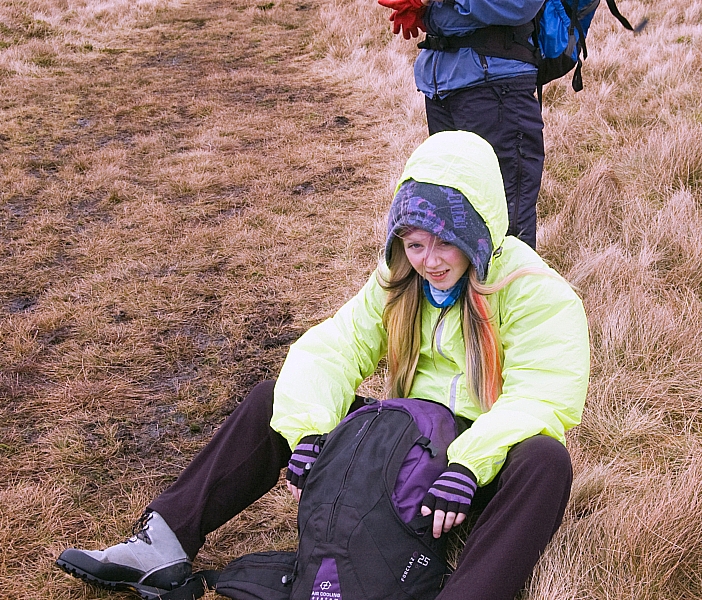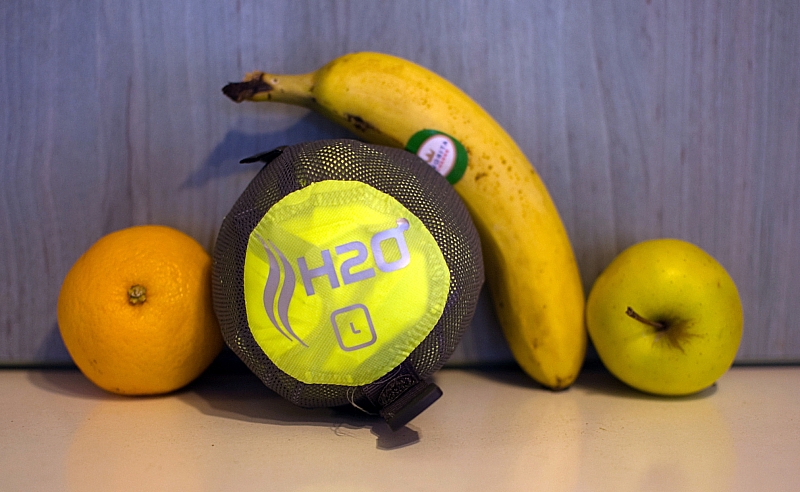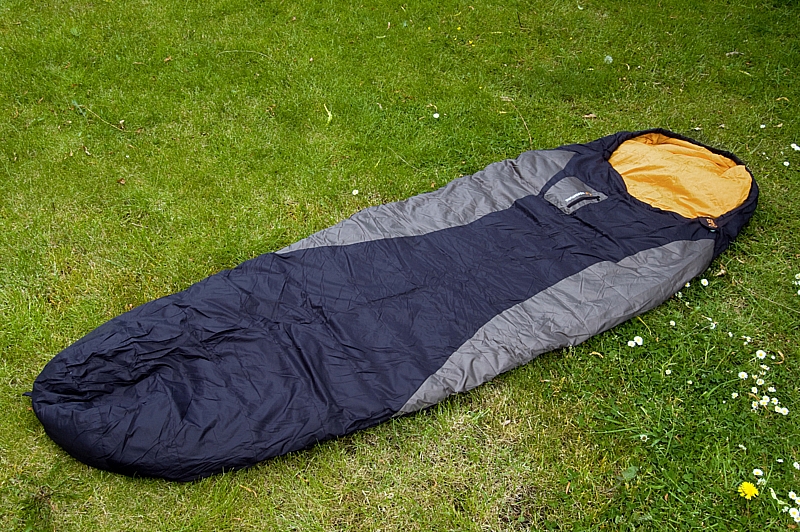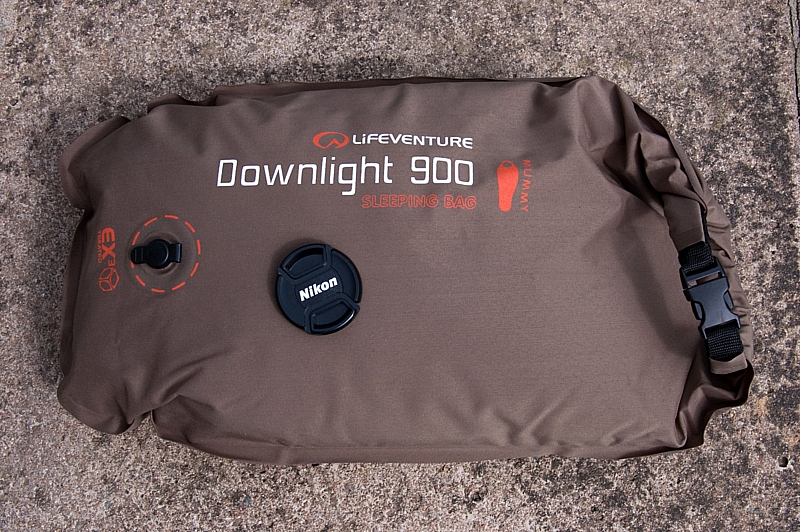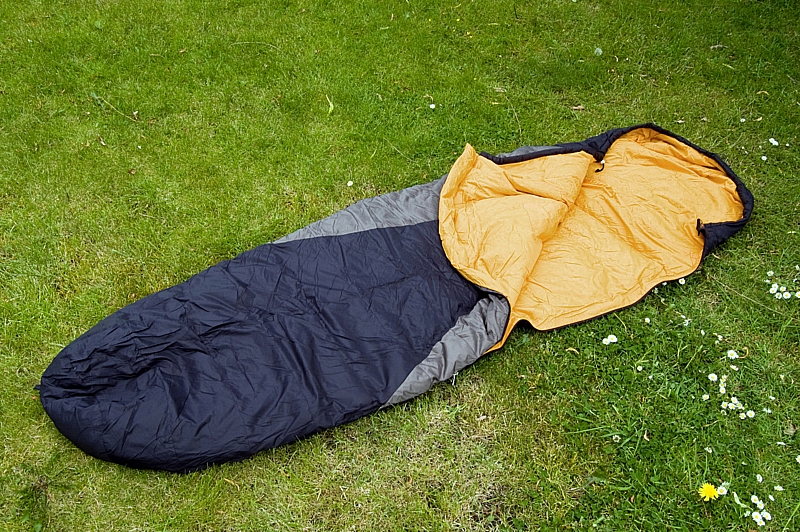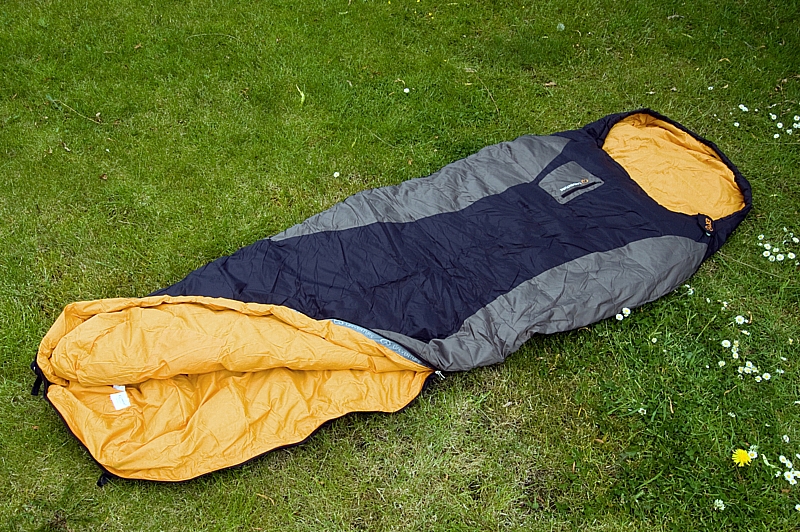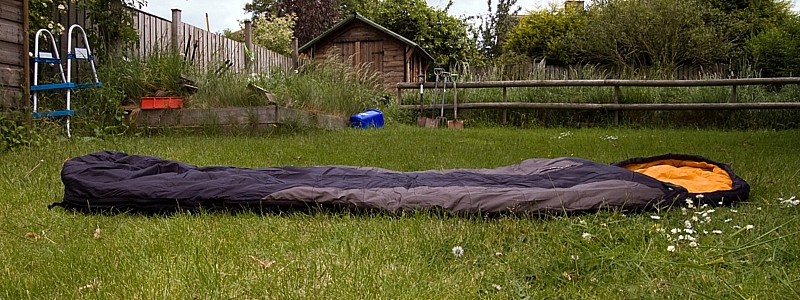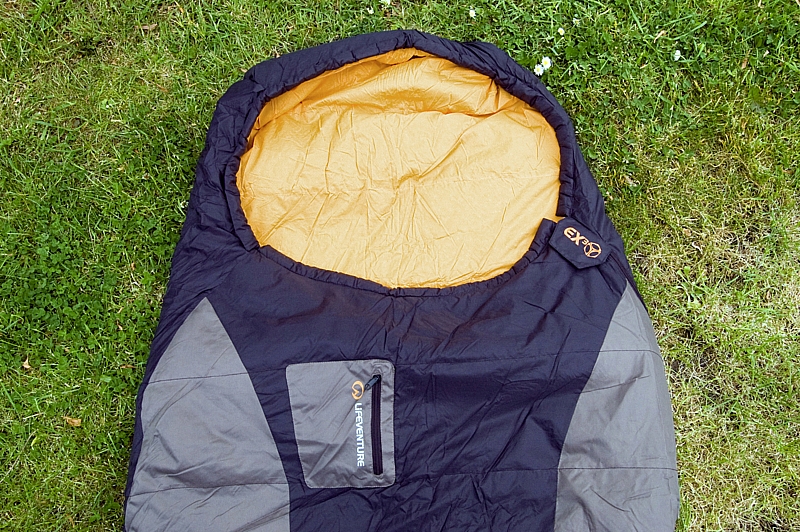This item has been supplied by Adam Smith, representing Go Outdoors.
The shelter being reviewed is the Hi Gear Pitch + Go SS (camo print), the Go Outdoors link is here and the Hi Gear link is here.
No, I've not gone mad, I don't intend to use this shelter for camping. I will, however, use it as a night-shelter for me, my low-chair and my photography kit while out snapping the night sky in winter. I'll probably use it as fishing shelter too, and possibly as a beach-tent. You could sleep in it - there's plenty of room for one, fit two into it and it would be a bit cosy, but despite the two vents there could be condensation issues as it's a single-skin construction.
So, what do you get for your money? A bag, a tent and 10 steel pegs in a little slip-bag. That's it. Oh, and you get instructions for getting it back in the bag, they're sewn into the inside of the bag so there are no excuses for not being able to strike the thing. Things you don't get are: a spares kit, internal storage pockets, gear-hanging loops.
Putting the thing up is a doddle, just unpack it, pull off the integral retaining band and it pops up just like it says on the tin. There are six pegging points around the bottom edge and five guying-points so I'm either missing a peg or guying it incorrectly. No matter, I have hundreds of spare pegs and plenty of spare cord. When pegged and guyed it's surprisingly stable and copes reasonably well with a bit of a breeze. The fabric has a claimed hydrostatic head of 2000mm but I can't verify that. There's a small cowled mesh vent next to the front flap and a larger cowled mesh vent on the rear wall, the latter being held open by a Velcro strut. Both vents can be held shut by Velcro tabs. In a breeze the through-flow of air is reasonably good. The front flap is D-shaped, has a 2-way zip and two toggle/loop retainers to hold it aside when open. The front flap has a midge-net upper section which can be uncovered by letting down the zippered top section of the flap, this section has a separate toggle/loop retainer to prevent flappage. All seams are taped and the groundsheet fabric seems to be durable. The oval groundsheet is of flat, not bathtub, construction. Oddly for a camo thing the guylines are dayglo yellow, I might replace them with ODs for when I'm out on a "mission".
Wrestling the thing back into the bag is something of an art but once mastered it's a two-minute affair. The bag itself is well-constructed with an elasticated overlapping top, velcro closure and two webbing carry-handles. Both link-sites say "Easy to pitch with pre-attached guylines, this can go from rucksack to standing in seconds, so you can get on with having fun." Well, maybe... you'd probably need a 30"-wide rucksack...
Of course, camo gear doesn't suit everybody. Go Outdoors have a range of these things with a fair choice of colourways and prints so you don't all have to look like you're playing soldiers. Go Outdoors stock a range of conventional tents too - see here for details.
I measured the thing, here's the deal:
- Total weight: 2075g
- Height at front: 41"
- Height at rear: 29"
- Groundsheet max length: 88"
- Groundsheet max width: 41"
- Body max width: 47"
- Packed diameter: 30"
- Packed thickness: 2.5"
All in all it's a neat and simple bit of kit and I expect that it'll be fine for the uses that I have planned for it. I must admit that I quite like the simplicity of it. For me the only downside is that logo text that's plastered on the sides... it looks like "PITCH + GOSS"... around here, "goss" has an unsavoury meaning. Really, did nobody think that through before going to print?
Anyway, click the following to see a few pics of it pitched in the garden:

Hi Gear Pitch + Go SS (camo print)
I'll report back when it's seen some proper action, I've no idea when that'll be.
